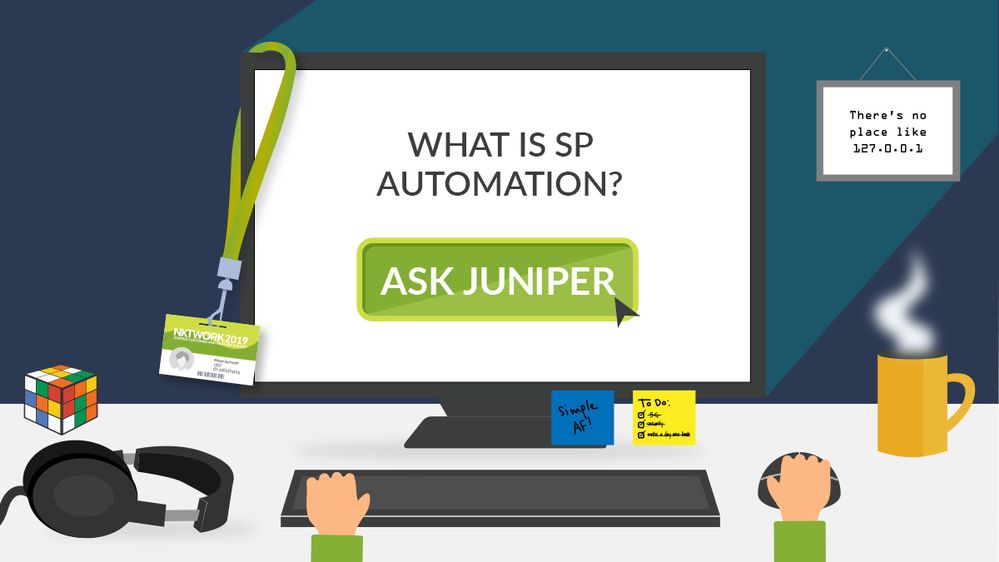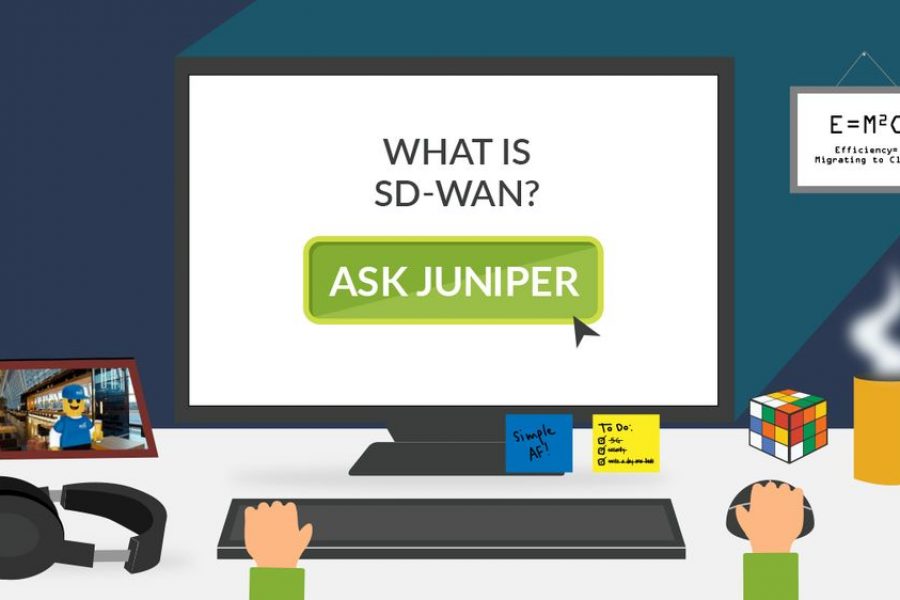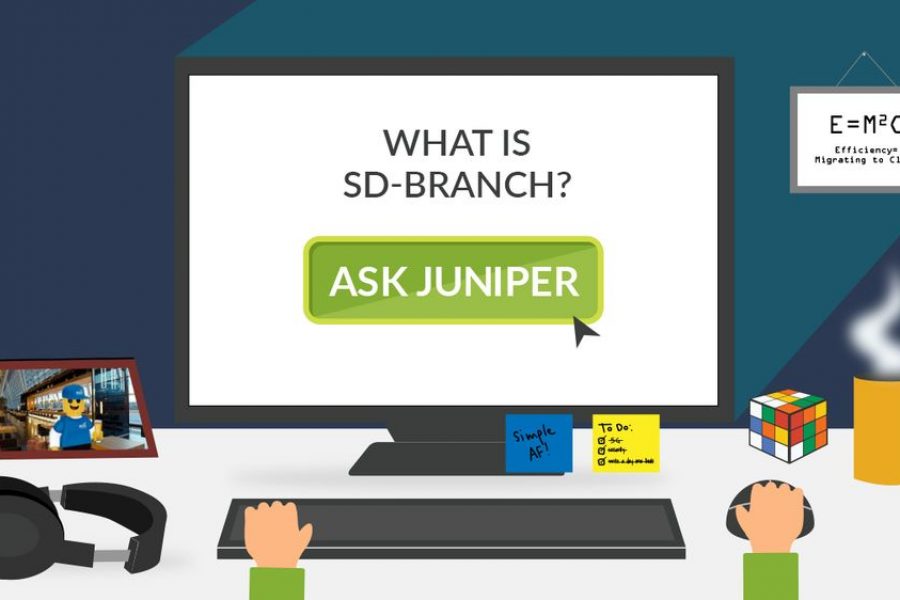With the introduction of multicloud, digitization of the workplace, IoT, and upcoming transition to 5G, network service providers, cloud providers, and enterprise organizations are at a critical turn in their evolutionary path. Keeping pace with increasing demands of their customers and employees, whether it is for increased bandwidth, new services, or better, application-based quality of experience, will require their networks to be more flexible and agile than they are today.
However, the harsh reality is that most networks are static and fixed, requiring manual, labor-intensive processes to make changes. In fact, many service providers and enterprise organizations still use the command line interface (CLI) on individual devices to enact network changes today. Unfortunately, this approach won’t scale to meet their future network requirements – even more, on average, for every $1 invested in network infrastructure, $5 is required for operations to manage it.
Network operators, cloud providers and enterprise organizations looking to successfully navigate critical bends in the road will need to implement automation first; simplifying processes and procedures, minus the human assistance. This will enable these businesses to meet higher network demands, provide new services and improve overall network experience while reducing operating cost. Previously stagnated processes are optimized, and profitability rises as a result. This is because automation is about gaining greater intelligence and awareness of the network and thereby enabling teams to respond to network events – at all levels – in a measured, programmatic and real-time manner.

The application of intent-driven automation across a network simplifies or eliminates tasks, processes and workflows that are often repetitive and prone to human error. Automation-led solutions help service providers with simplifying, streamlining and even fully automating device discovery, predictive software upgrades, troubleshooting, capacity planning, autonomous traffic engineering and service model generation. Additionally, industry-leading automation solutions offer real-time network and device behavior information via telemetry, which can be used for predictive data analysis to better understand network and device behavior. This data can then be used to implement intent-based network management, where network operations and IT managers can define what action the network should take when certain triggers or events occur in the network, such as bandwidth exceeding a certain threshold on a given link, a network device’s power supply overheating or a laser output starting to depreciate. By leveraging an automation-led strategy, service providers are able to rapidly respond to network, device and customer needs in real-time.
Since this technology automates the collecting, storing and analyzing of network data, it streamlines network operations and reduces operating expenses by alleviating network operations and IT teams with the task of manually collecting and analyzing network data. Perhaps more importantly, it enables these teams to respond to network events immediately or even before the event occurs, unlike today’s manual approach which often results in significant lags between the time a network event occurs, the data is analyzed and resolution is implemented. This, in turn, results in the delivery of a truly optimal, speedy customer experience and improved services. That’s why adopting automation is imperative for service providers aiming to keep pace with modern-day customer expectations and demands.
To reap all the benefits of this technology, service providers need to leverage a networking solution that has automaton integral to its design. Moreover, these organizations should look to adopt a portfolio of programmable tools that provide a modular approach to network automation – solutions that will meet them where they are at and help them move to the next step, solutions that help build a self-driving network. To find tools that move beyond basic automation to deliver a more autonomous network, look no further than Juniper’s solutions designed for network automation.
Resources:
The Network Automation Journey
5-Steps to Automated NetOps
What Is Network Automation?
Automated Network Operations
How Juniper Is Helping Make A Self-Driving Network A Reality


